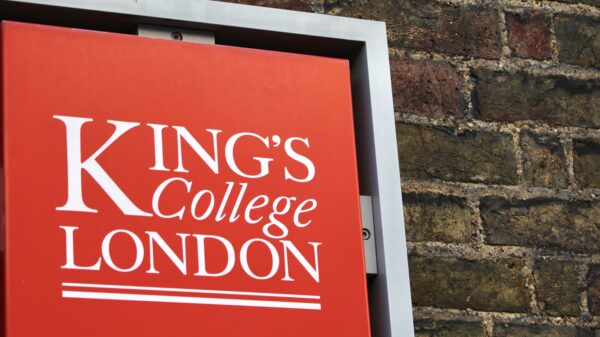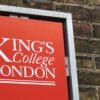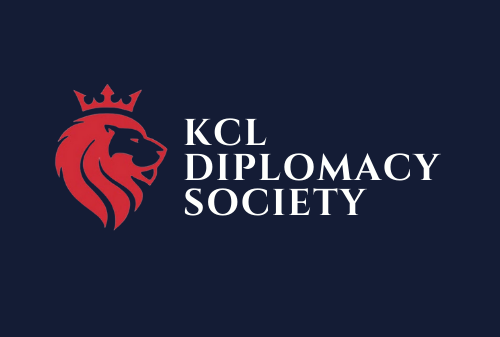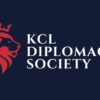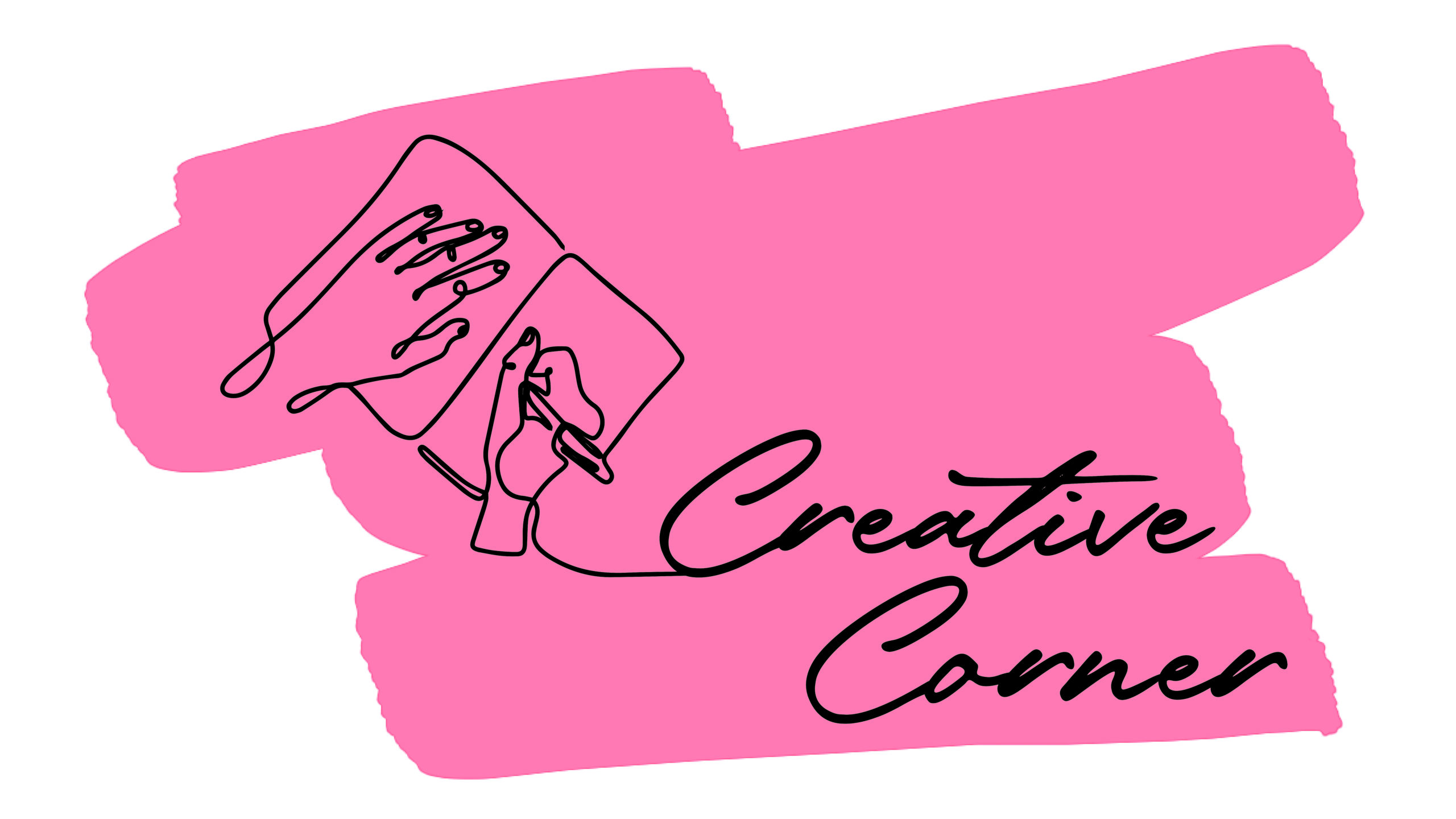Staff writer Ayushi Goel reviews the “Science Fiction: Voyage to the Edge of Imagination” exhibition at the Science Museum, where an AI network takes visitors through science fiction and the real-life science it inspired.
I recently visited the “Science Fiction: Voyage to the Edge of Imagination” exhibit in the Science Museum, where the visitors are transported onto the Pan Galactic starship Azimuth and guided by the algorithmic artificial neural network, A.L.A.N.N. Throughout the exhibit, A.L.A.N.N. examines how storytelling has influenced science, with a specific focus on the interplay between science and science fiction. To facilitate her investigation, she divides everything into “Areas of Investigation” and “Areas of Study”.
The first area of investigation explored was “Reaching the Moon”. A.L.A.N.N. analyzed the first space science-fiction movies alongside real-life voyages to the moon, providing specific examples of how science fiction might have inspired actual space missions. She emphasized the reciprocal relationship between science and science-fiction, pointing out that the increased developments of rocketry during the early 1900s inspired more science fiction works to emerge. “Le Voyage Dans La Lune” by Georges Méliès, considered the first science fiction film, borrows elements from the books by Jules Verne and H G Wells. A.L.A.N.N. further commented that both books inspired many people – including engineers and scientists around the world who contributed to the space race. The characters in science fiction serve as role models, and science fiction serves as a constant source of human inspiration.
What I found particularly compelling in this section was the representation of Mae Jemison, the first woman of colour in space, and how she was inspired by Nichelle Nicolas in Star Trek while growing up. This exhibit effectively showcased the constant interplay of inspiration from fictional characters for real-life people.
In her next Area of Investigation, “Travelling Faster than Light”, she explored the science-fictional concept of warp speed. Miguel Alcubierre became fascinated by the principle of warp speed shown in Star Trek and the hypothetical challenge to prove it. I was intrigued by how the exhibit simplified the concept of warp speed, providing an interactive way for visitors to practice it. A.L.A.N.N. also discussed the challenges of long-distance missions and questioned whether the human body is suitable for space exploration. She brings to light the research study about whether the existing medical treatment of therapeutic hypothermia could be used for long space missions.
The exhibit was rooted in real-life applications, featuring posters of exoplanets with factual information, along with the possibility of tourism to those exoplanets. One example of it is PSO J318.5-22, a rogue planet which glows faintly from the heat of its formation. It is advertised as “Where the Nightlife Never Ends”. A.L.A.N.N. also noted that the film “Forbidden Planet” by Fred M Wilcox imagined the existence of planets outside the Solar System before astronomers did.
The A.I. then turned to the concept of cyborgs, posing the question: “what is a human?” It is because of our constant use of technology that A.L.A.N.N. asks “Do you see yourselves as cyborgs?” An interactive screen whose purpose was to identify “How Cyborg are you?” was set up. The screen encourages visitors to choose all the human technologies they use, and suggests that using artificial blood, muscular enhancements and insulating tissue would make their lives easier.
The exhibit showcases several works of Black artists like Larry Achiampong, Monsengo Shula and Janelle Monae. Black identities are often left out of science fictional futures. By including the works of these artists, the exhibition showcases how Black people use science-fiction as a positive space for self-expression.
Costume displays from the movie “Bride of Frankenstein”, discussing the consequences of medical advancements such as gene-altering and gene-editing, and how useful and helpful robots actually are; the exhibition was moving steadily towards the future of the human race.
The final section of the exhibit focused on the idea of science and destruction. The visitors were shown a thirty-minute movie called “Pumzi: Third World War – Water War”, which highlighted the consequences of humanity’s unsustainable use of resources and its impact on the environment. The movie underscored the importance of alternative ways of thinking about the world and how science fiction can be used as a tool to create a better future, or it could end up destroying the world.
At the end of the tour of the Azimuth, A.L.A.N.N. reiterated how the human species has the potential to either destroy themselves or make something out of themselves, and it depends on the way we use our brains. Going at the current rate, we would need to make some serious changes to survive.











